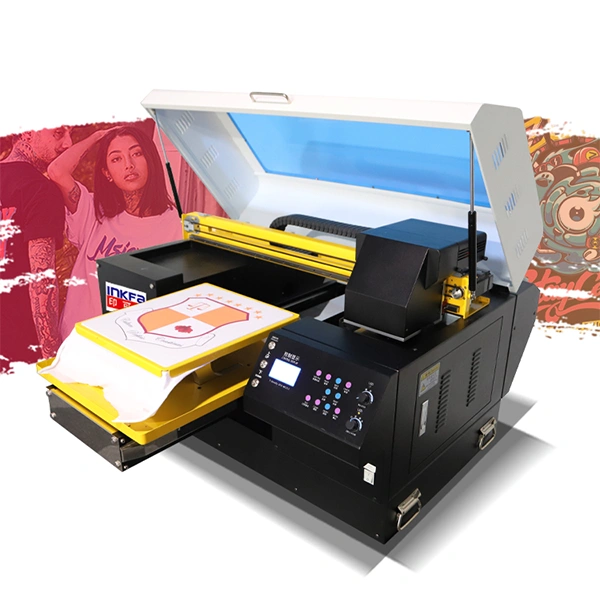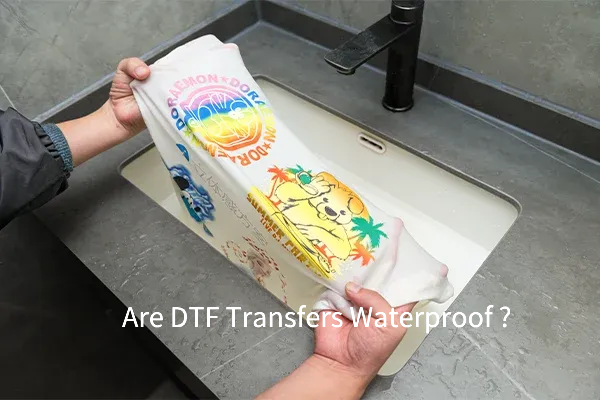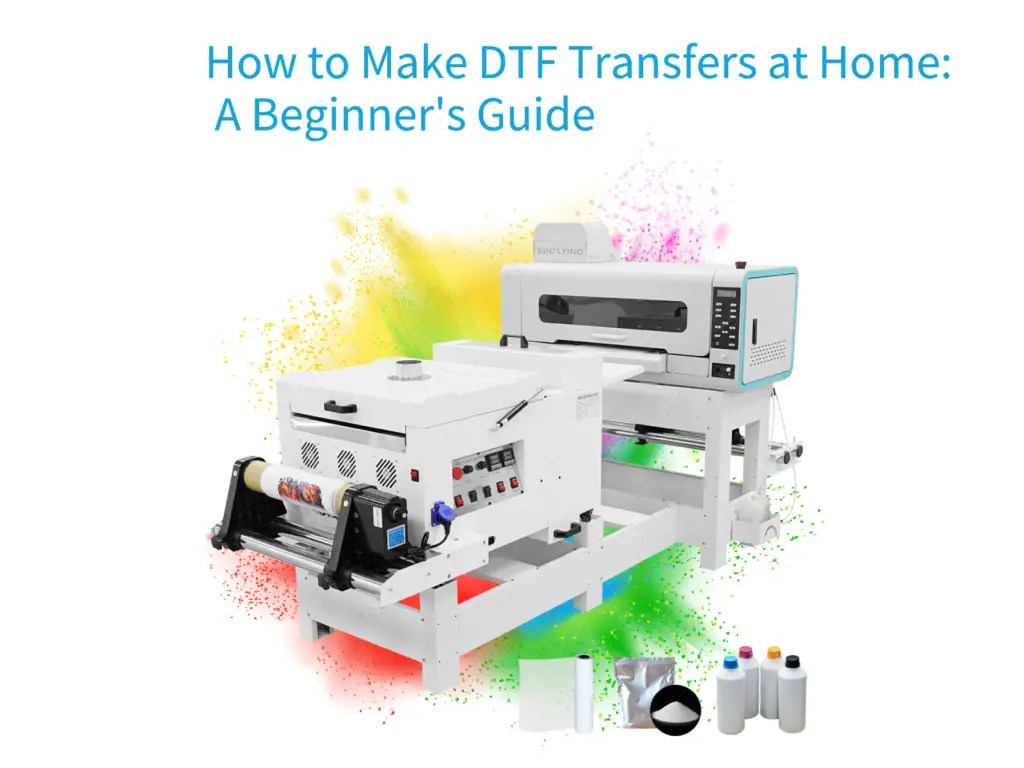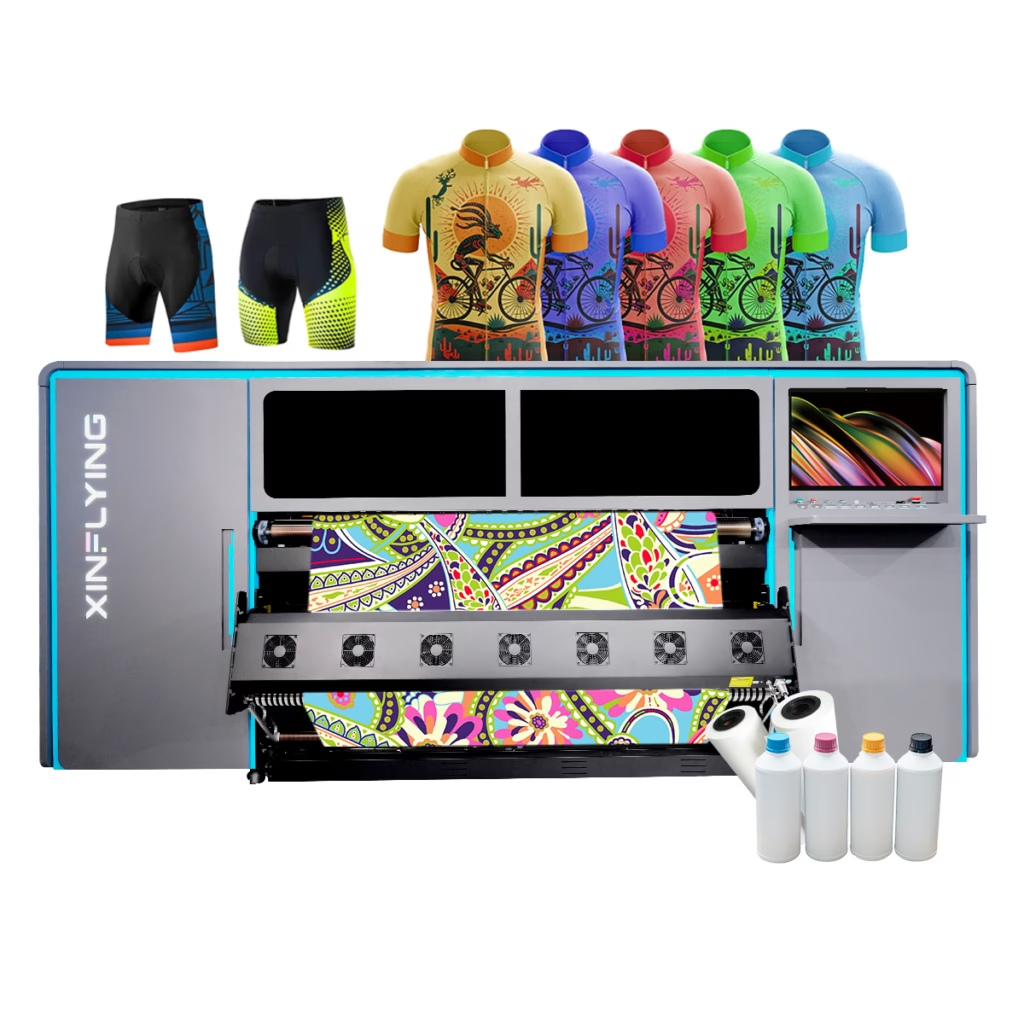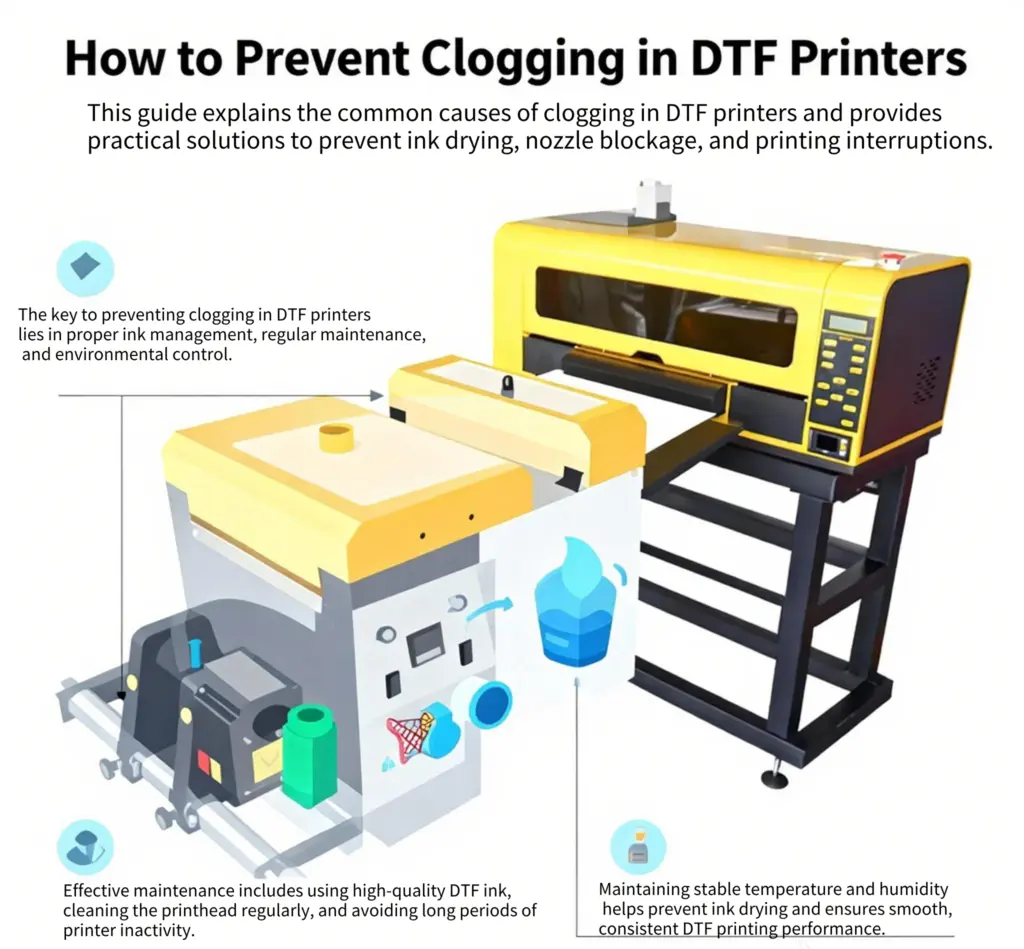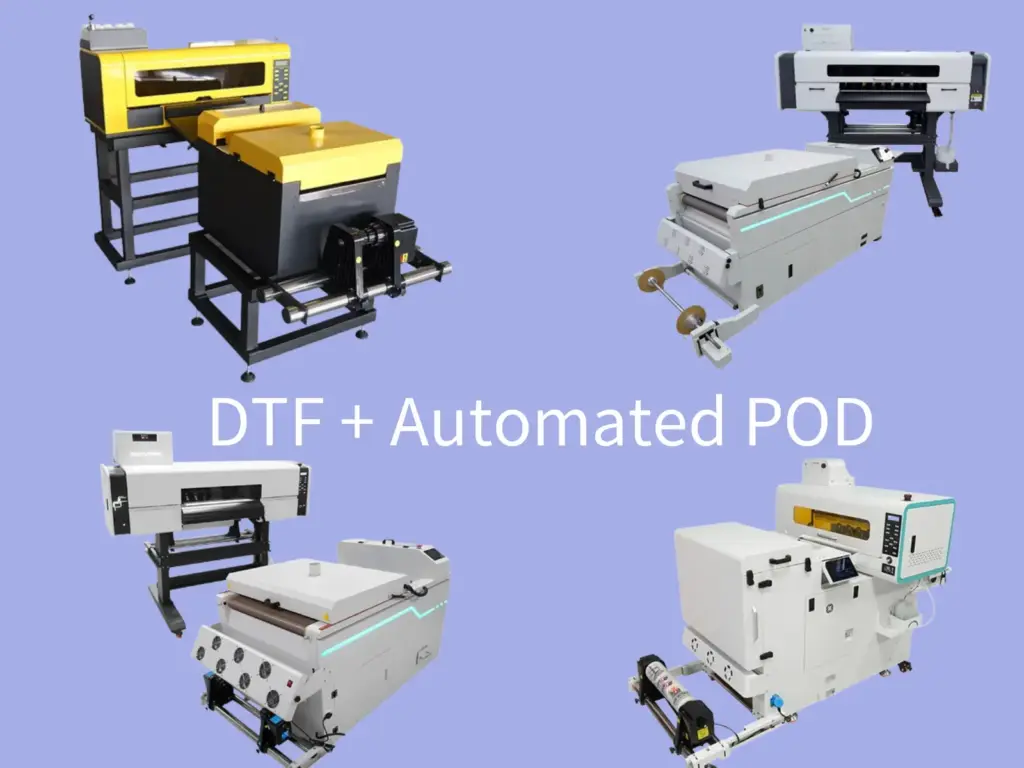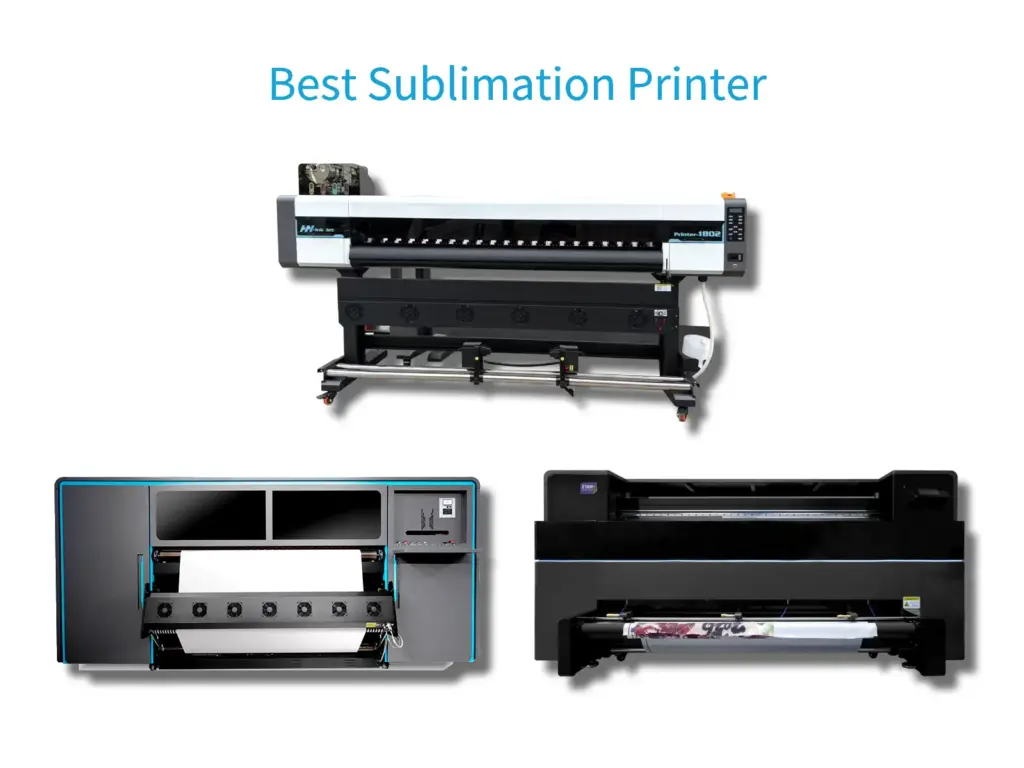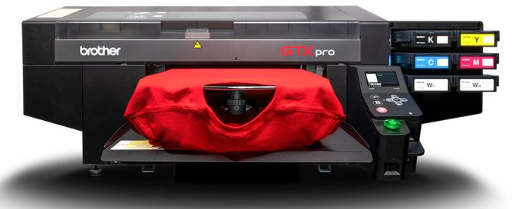
Šaltinis: https://www.pinterest.com.au
In the fast-paced and ever-evolving world of apparel printing, it’s essential for businesses to stay ahead of the latest trends to remain competitive and meet customer demands. DTG (Tiesiogiai ant drabužių) printing technology has revolutionized the apparel printing industry, allowing for high-quality and detailed prints directly onto garments. Tačiau, with the rapid pace of technological advancements, it’s crucial for businesses to stay ahead of the latest trends in DTG printing to stay relevant and meet the changing needs of their customers.
Šiame straipsnyje, we will explore the latest trends in DTG printing, including hybrid printing, sustainability, automatizavimas, augmented reality, and direct-to-product printing. We will also discuss the best practices for staying ahead of these trends, including investing in the latest technology, experimenting with new materials and inks, embracing customization, and fostering a culture of innovation. By staying ahead of the trends in DTG printing, businesses can continue to grow and evolve in this dynamic industry and offer their customers the latest printing capabilities.
Kas yra DTG spausdinimas?
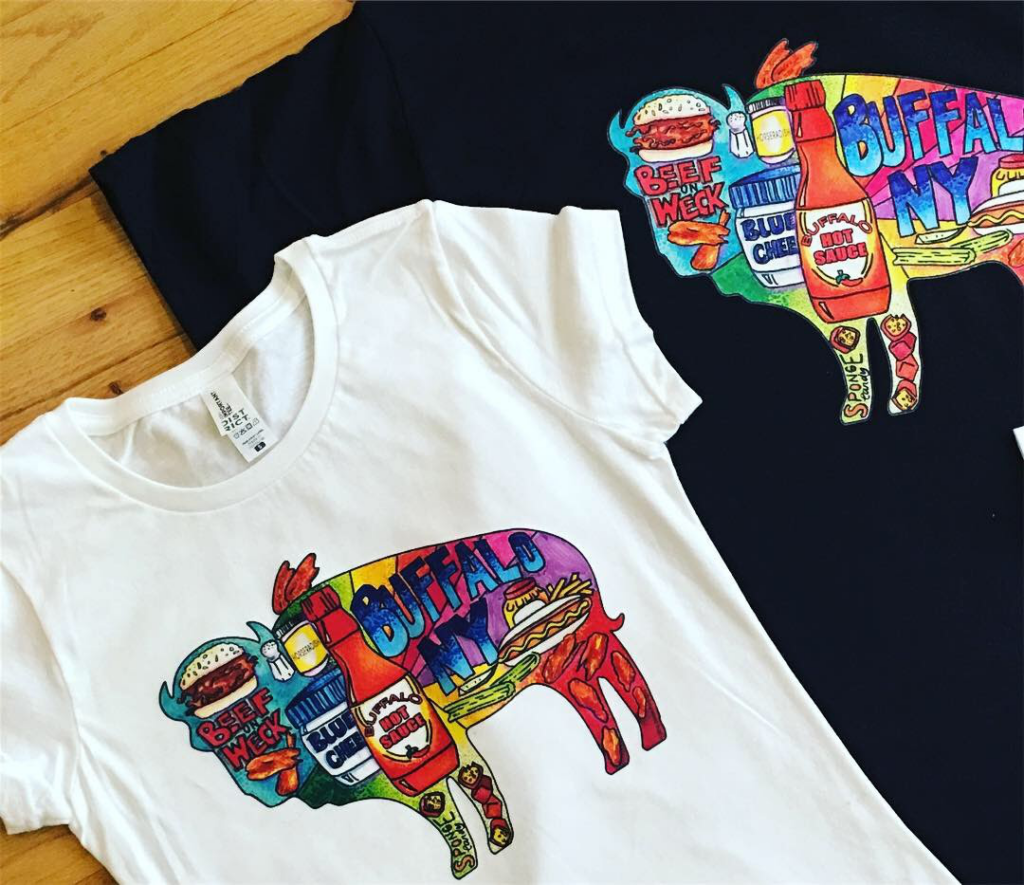
Šaltinis: https://www.inspiredbuffalo.com
DTG (Tiesiogiai ant drabužių) spausdinimas yra adigital textile printing method that allows for high-quality and detailed prints to be directly applied to garments. Unlike traditional screen printing, which requires the creation of separate screens for each color, DTG printing uses inkjet technology to print designs directly onto the fabric.
DTG printing works by loading a garment onto a specialized printer that is designed to work with textiles. The printer uses specialized inkjet inks that are specifically formulated for use on fabric. The printer applies the ink directly onto the garment, allowing for high-resolution prints with vibrant colors and sharp details.
DTG printing offers several Privalumai over traditional printing methods, including the ability to produce full-color prints with photographic-quality images, gradientai, and fine details. DTG printing also allows for the printing of small quantities and custom designs, making it a popular choice for businesses that offer personalized products.
Tačiau, DTG printing does have some apribojimai, such as the inability to print on dark fabrics without a white ink layer, and the potential for ink to bleed or fade over time if not properly cared for. Despite these limitations, DTG printing remains a popular and versatile printing method in the textile and garment industry.
Kaip veikia DTG spausdintuvas?
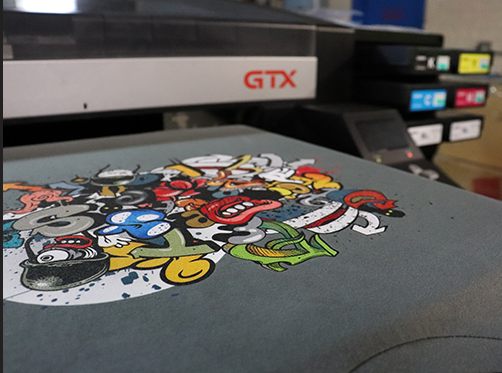
Šaltinis: https://www.sharprint.com
A DTG spausdintuvas works by using specialized inkjet technology to print high-quality and detailed designs directly onto garments. The process begins by loading the garment onto the printer’s specialized platen or bed, which is designed to hold the fabric securely in place during printing.
Once the garment is loaded, the printer uses specialized inkjet inks that are specifically formulated for use on fabric. The inks are loaded into the printer’s ink cartridges, which are then attached to the print head.
The printer then applies the ink directly onto the garment using the print head, which moves back and forth across the platen. The ink is absorbed into the fabric, todėl gaunamas aukštos kokybės ir patvarus spaudinys.
DTG printers typically use a CMYK(Cyan, Magenta, Geltona, Key/Black) color system, which allows for the creation of full-color prints with vibrant colors and sharp details. Some DTG printers also offer the ability to print with white ink, which allows for printing on dark-colored fabrics.
The Advantages of DTG Printing
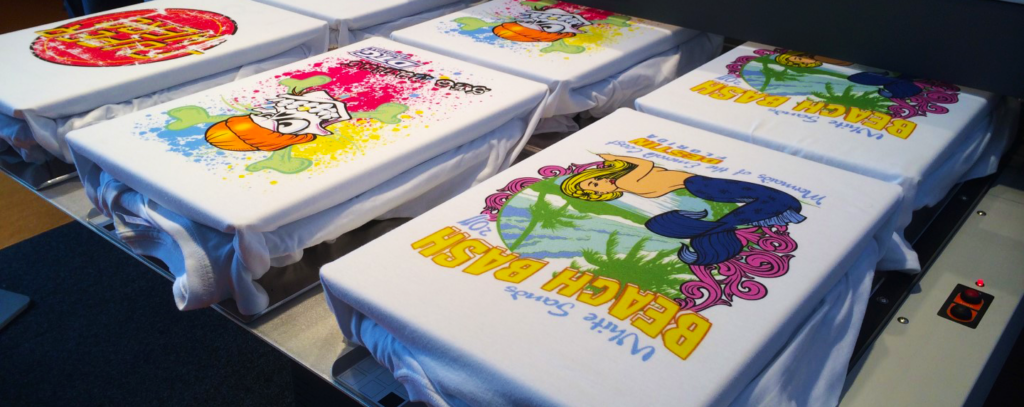
Šaltinis: https://www.beunique.ie
DTG printing offers several advantages over traditional printing(or even DTF spausdintuvass) metodus, making it a popular choice for businesses in the garment and textile industry. Some of the key advantages of DTG printing include:
Aukštos kokybės spaudiniai
DTG printing allows for the production of high-quality and detailed prints with vibrant colors and sharp details. The technology uses specialized inkjet inks that are specifically formulated for use on fabric, resulting in a durable and long-lasting print.
Universalumas
DTG printing is a versatile printing method that allows for the printing of full-color designs and photographic-quality images on a wide range of fabric types, įskaitant medvilnę, poliesteris, ir mišiniai.
Pritaikymas
DTG printing allows for the printing of small quantities and custom designs, making it an ideal choice for businesses that offer personalized products.
Faster Turnaround Times
DTG printing offers faster turnaround times than traditional printing methods, as it does not require the creation of separate screens for each color. This allows for more efficient production and quicker delivery of products to customers.
Draugiškas aplinkai
DTG printing uses water-based inks that are eco-friendly and do not contain harmful chemicals or solvents, making it a more environmentally friendly printing method.
In short, DTG printing offers several advantages over traditional printing methods, including high-quality prints, universalumas, pritaikymas, greitesnis apyvartos laikas, and environmental friendliness. These benefits make DTG printing an attractive option for businesses looking to expand their product offerings and increase production efficiency.
The Latest Trends in DTG Printing
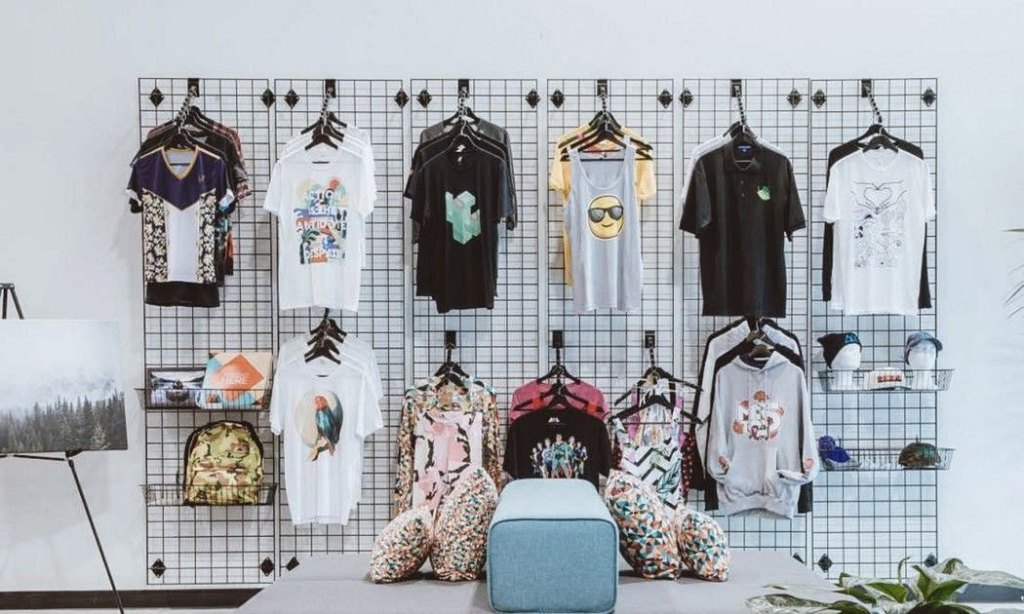
Šaltinis: https://www.printful.com
DTG printing technology has been evolving rapidly in recent years, with new trends emerging that are changing the way businesses in the garment and textile industry approach printing. Some of the latest trends in DTG printing include:
Hybrid Printing
Hybrid printing combines both DTG and screen printing technologies to offer the benefits of both methods. This includes the ability to print high-quality and detailed designs with DTG technology and the ability to print on a wider range of fabrics with screen printing.
Sustainability
With increasing concern for the environment, sustainability has become a major trend in DTG printing. This includes the use of eco-friendly inks and fabrics, as well as the adoption of more sustainable production methods.
Automation
Automation has become a growing trend in DTG printing, with the adoption of automated pre-treatment and curing processes that can improve production efficiency and reduce labor costs.
Augmented Reality(AR)
AR technology is being integrated into DTG printing to provide customers with a more immersive and interactive shopping experience. This includes the ability to preview designs on a virtual garment before purchase.
Direct-to-Product Printing
The latest trend in DTG printing is the ability to print directly onto products, such as shoes and bags. This technology expands the range of products that can be customized and personalized with high-quality prints.
The latest trends in DTG printing are focused on improving production efficiency, reducing environmental impact, and expanding the range of products that can be customized and personalized. As this technology continues to evolve, we can expect to see even more exciting developments in the world of DTG printing.
Best Practices for Staying Ahead of DTG Printing Trends
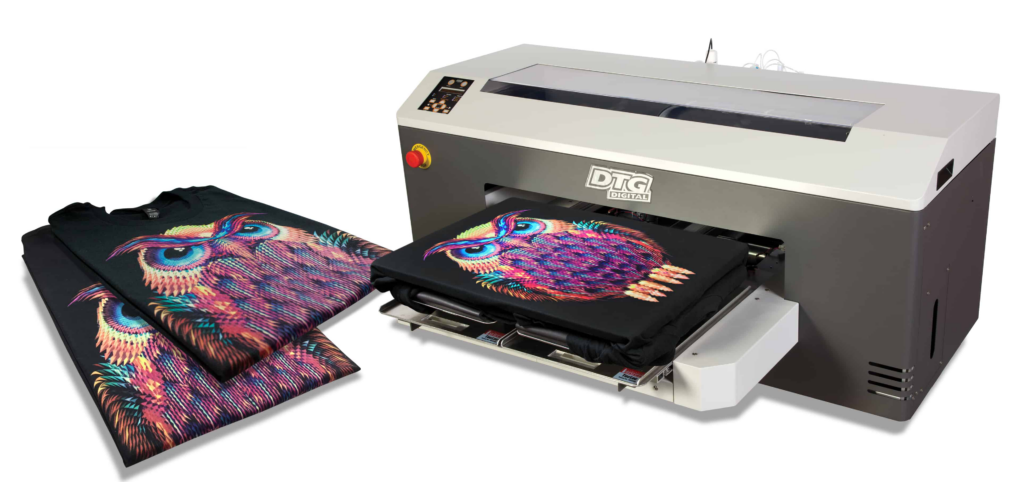
Šaltinis: https://colmanandcompany.com
Staying ahead of the latest trends in DTG (Tiesiogiai ant drabužių) printing can help businesses in the garment and textile industry remain competitive and improve their production efficiency. Here are some best practices for staying ahead of DTG printing trends:
Keep Up with Industry News
Staying informed about the latest developments and trends in the DTG printing industry is essential. This includes reading industry publications, attending trade shows and conferences, and following industry experts and influencers on social media.
Invest in the Latest Technology
Investing in the latest DTG printing technology can help businesses stay ahead of the curve and offer customers the latest printing capabilities. This includes updating equipment and software regularly to ensure that your business is using the most advanced technology available.
Experiment with New Materials and Inks
Experimenting with new fabrics, rašalai, and other materials can help businesses discover new possibilities and stay ahead of the competition. This includes testing out new eco-friendly inks and sustainable fabrics, as well as exploring the use of specialty inks such as metallic and fluorescent.
Embrace Customization
Customization is a growing trend in the DTG printing industry, and businesses that embrace this trend can stay ahead of the competition. This includes offering personalized products, individualūs dizainai, and small-batch printing.
Foster a Culture of Innovation
Encouraging innovation and creativity within your business can help drive new ideas and stay ahead of the latest trends in DTG printing. This includes fostering a collaborative and open work environment, encouraging experimentation and risk-taking, and investing in employee training and development.
Išvada

Šaltinis: http://dpictures.homes
In order to remain competitive, meet customer demands, and improve production efficiency, businesses in the apparel printing industry must stay ahead of the latest trends in DTG printing.
By adopting the latest trends in DTG printing, tokių kaip hybrid printing, sustainability, automatizavimas, augmented reality, and direct-to-product printing, apparel printing companies can expand their product offerings, reduce environmental impact, and improve customer satisfaction. It is also essential for businesses to invest in the latest technology, experiment with new materials and inks, embrace customization, and encourage innovation, as these are best practices for staying ahead of the trends and remaining competitive in the market.
DTG printer manufacturers should also prioritize innovation and stay informed about the latest developments in the industry, as this will enable them to offer advanced printing capabilities and personalized products to their customers. Be to, sublimacinis spausdintuvass may also need to adapt and evolve in response to the latest trends in DTG printing in order to remain relevant in the apparel printing industry.

